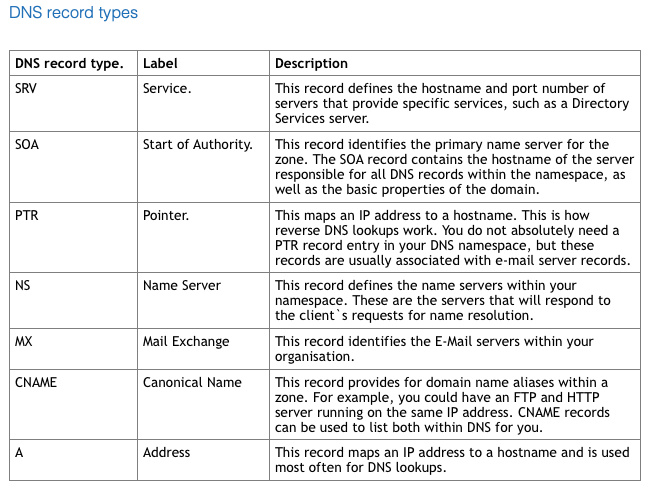Footprinting
Footprinting is defined as the process of gathering information on computer systems and networks. This is the first step in information gathering and provides a useful insight into the network you are planning to attack.
Zero-day exploits
These are exploits that are found before there are patches for these problems. These can cause many problems once they are found. But once these are found, it is hard to find a legitimate exploit on the Internet. These are jumped on very quickly and patched very quickly.
Rootkit
A rootkit is a small program that is slipped onto a computer system somehow and then it takes over the computer system, on a Linux system it can replace Linux utilities that are used to look for running processes, and then the system is compromised, you cannot look for it as the utilities you would use have been replaced such as ps and top. Therefore, you can not see that it is even running.
Phishing
Phishing is the act of sending an email with a specially crafted link in it that you trick the user into clicking to enable a user`s data to be stolen, i.e with a fake website or other scenarios, even a fake program, that can capture the login details of a user. There used to be a script floating around that would fake a Facebook login page and could capture the victims’ details if the login portal was embedded on another website.
DDoS
A DDoS is a Distributed Denial of Service, this is an attack where many computers connected to the Internet are used to continuously request computer resources from a certain server, this can overwhelm the system and deny access to legitimate users.
NAT Risks
A lot of people connect their network to the Internet using NAT. This involves Port Forwarding network ports to allow access to the network for certain services.
But this poses a risk as the network connections are not encrypted. Opening a hole through the Network Address Translation done by the router does punch a hole through the security offered by the NAT router, this only affects the actual application that the user will be connecting to. As mentioned before; this does pose the risk that the connection is not encrypted and the data could be intercepted and sensitive data such as passwords could be retrieved. Using a VPN to connect through a NAT router can work better if you use port 443. Then once, you are connected to the VPN, you may access all resources on the server. This is much more secure.
Packet sniffing
Packet sniffing involves the use of Wireshark or tcpdump to listen to network traffic and then looking for any logins or any other useful details that would allow a user to gain more information about the use of a network. That can be very useful to work out what services are being used and maybe this could be a good lead. If the site is using a slightly outdated network service, then it could have a vulnerability and this could be exploited to gain access.
